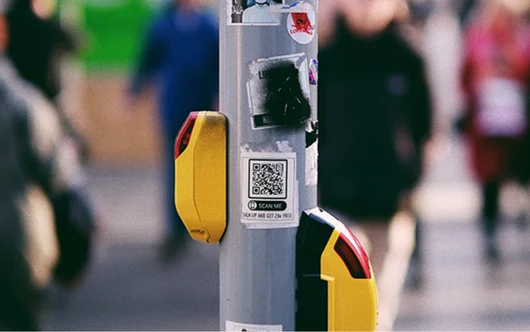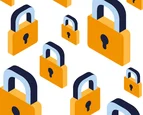Where can you come across malicious QR codes?
- Stickers on pay machines in car parks: Fake QR codes were stuck on parking meters disguised as 'quick pay' options. Motorists were asked to scan the code and enter credit card details, but those who did so were directed to a fake website.
- Fake tickets for events, like concerts, sporting events and festivals. Scammers create fake tickets to gain entry to events such as concerts, sports matches and festivals. These fake tickets are then sold online or through social media platforms, often at heavily discounted prices.
- Fake coupons: QR codes claiming to offer a discount or special offer that must be scanned with a smartphone's camera to then be applied at the checkout, when an online purchase is made from an authentic online retailer. The "You've won a subscription to Netflix" page is a social engineering attack trying to trick you into installing malicious apps, browser extensions or programmes on your computer and phone.
- Charity donation requests: Malicious QR codes that direct people to a website to donate money to what appears to be a charitable organisation. However, money from unsuspecting donors is funnelled directly to the scammers.
With this in mind, how do you responsibly handle those handy little squares? A few do's and don'ts:
Do
✅ Set your phone to ask for permission before starting a QR action.
✅ Only scan QR codes if you trust the poster, restaurant or website displaying the QR code.
✅ Check the URL of the website if it asks for a password or login details after scanning a QR code. If you recognise the URL, still check that it is not 'spoofed'; look for spelling mistakes or a swapped letter.
✅ Enable automatic (security) updates for your phone.
✅ Use the built-in app on your phone to scan QR codes. Both Android and iOS devices can scan QR codes without downloading an external app.
What not to do
❌ Do not let your device automatically perform a QR code action.
❌ Do not scan a QR code posted in public spaces, such as a train station or street advertisement.
❌ Do not scan a QR code if it is printed on a label that may cover another QR code.
❌ Do not scan QR codes in e-mails or text messages.
❌ Do not use QR scanner apps released by unknown companies or institutions. Malicious parties can create a malicious scanning app and use it to spread malware or access your device.




